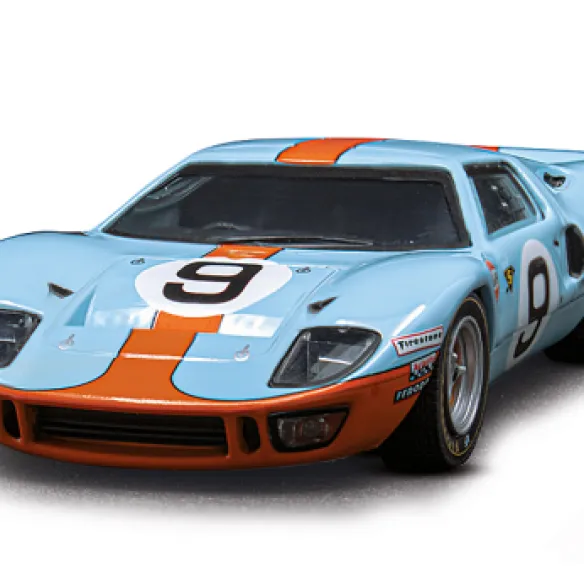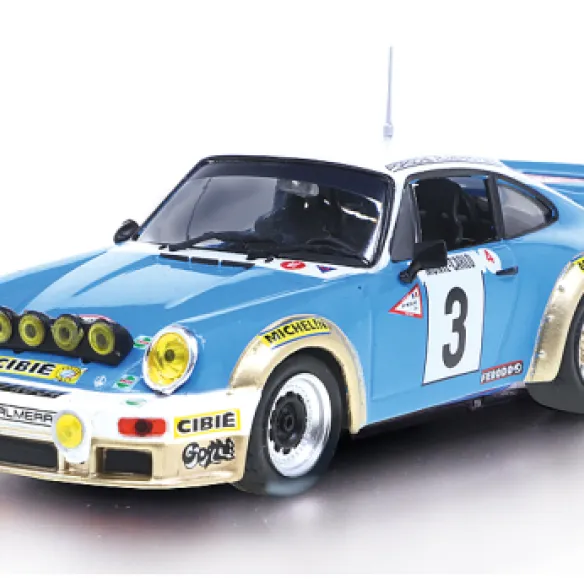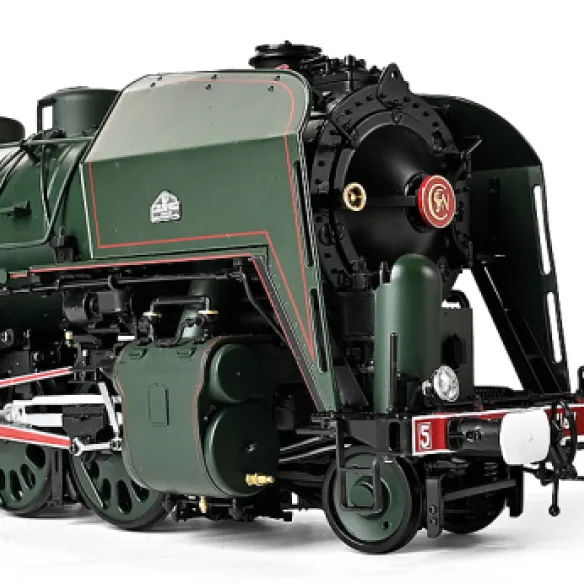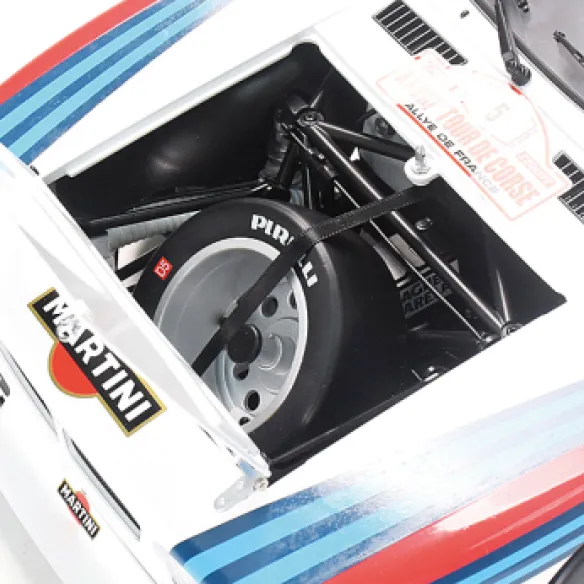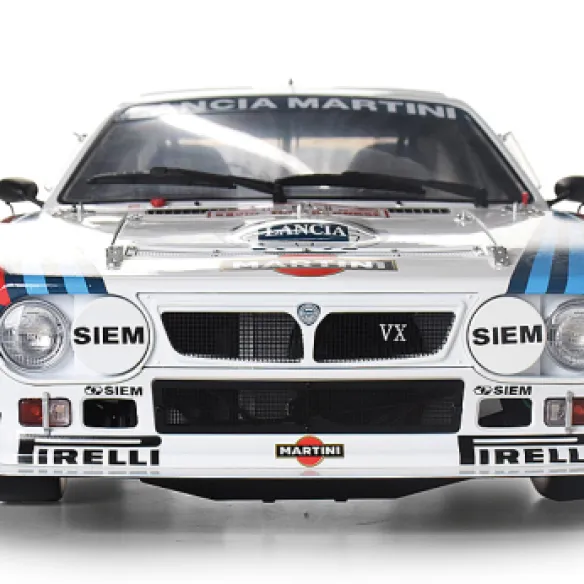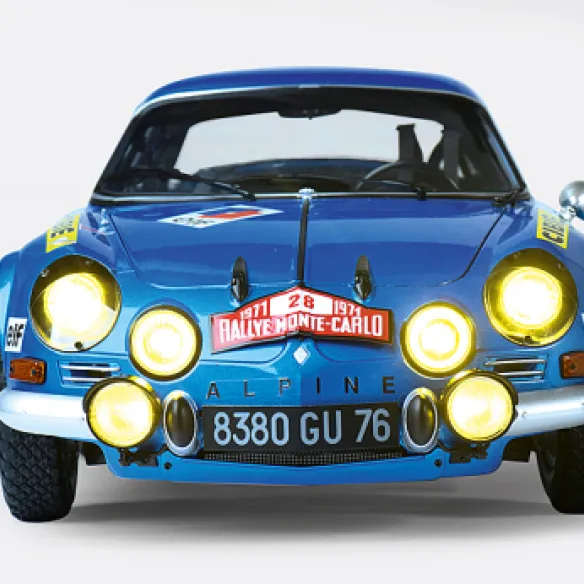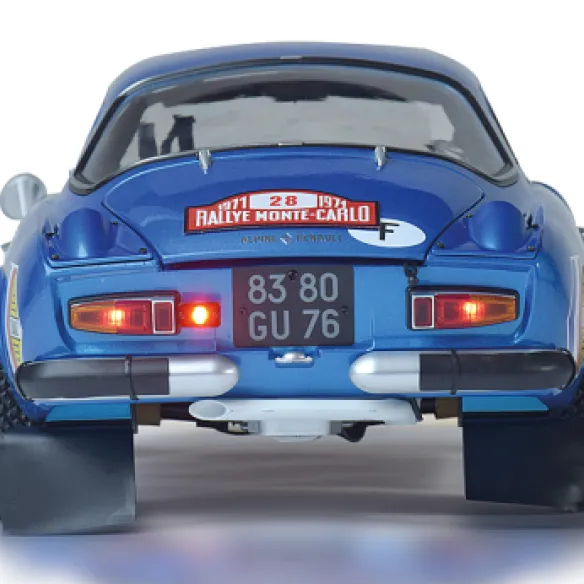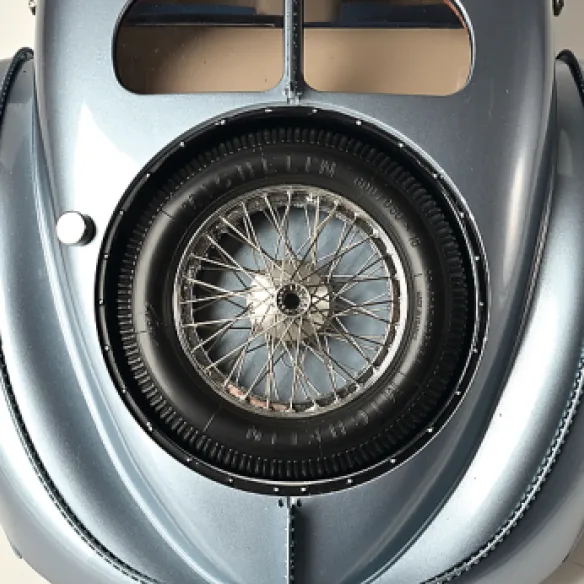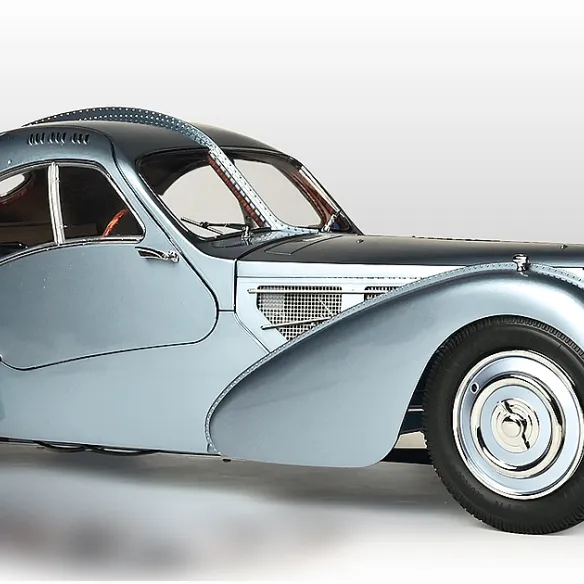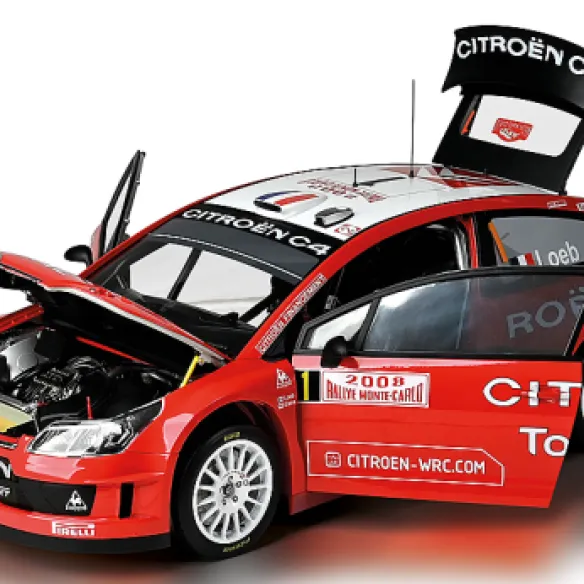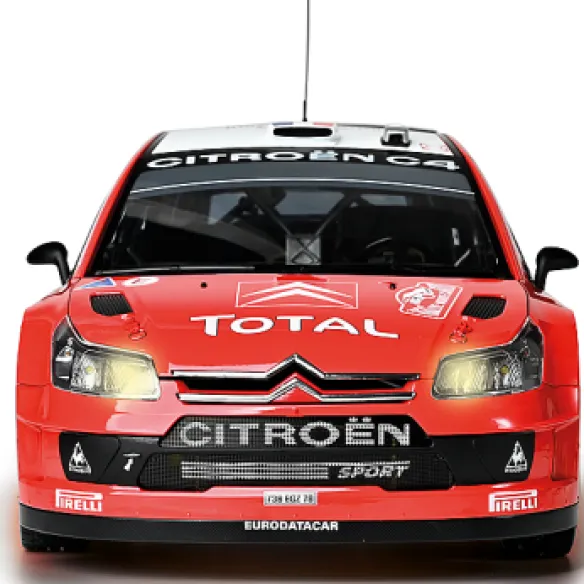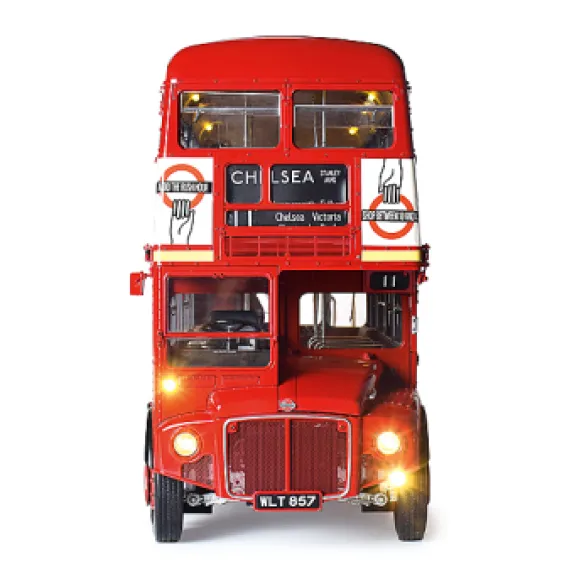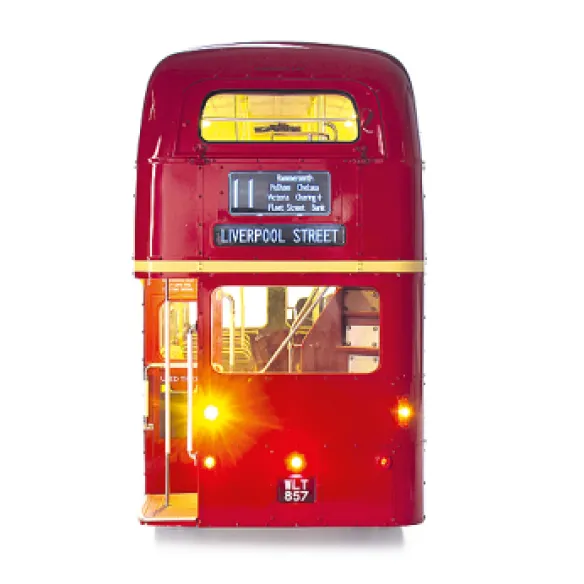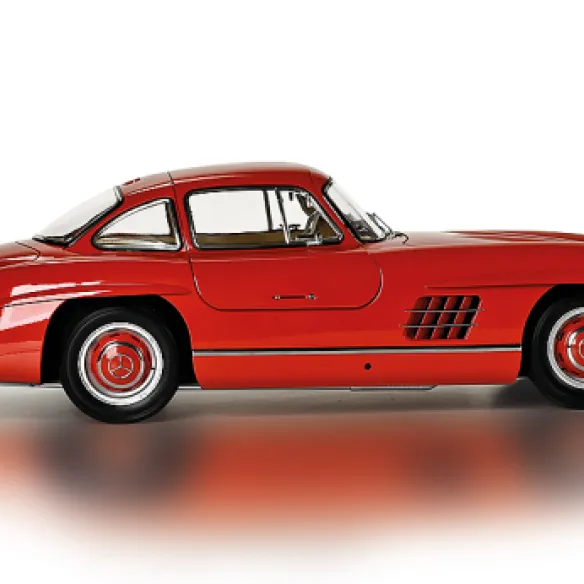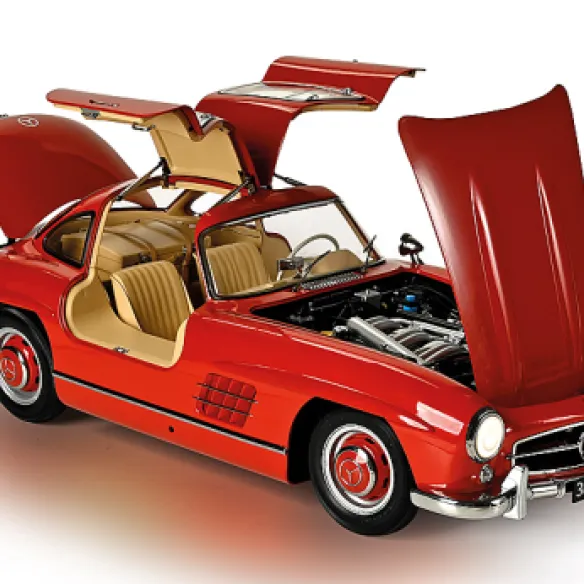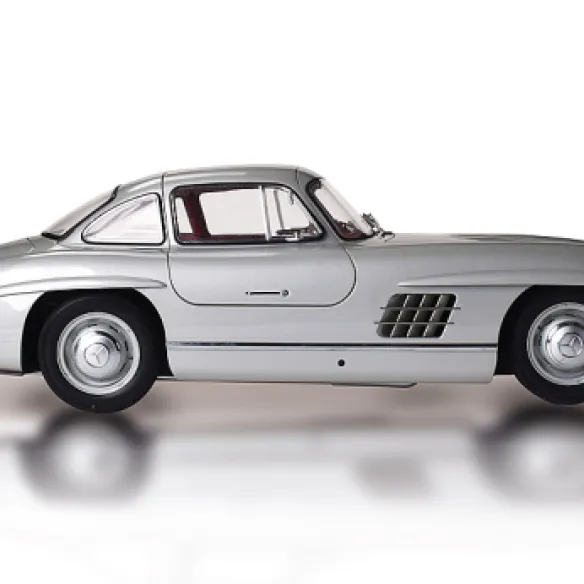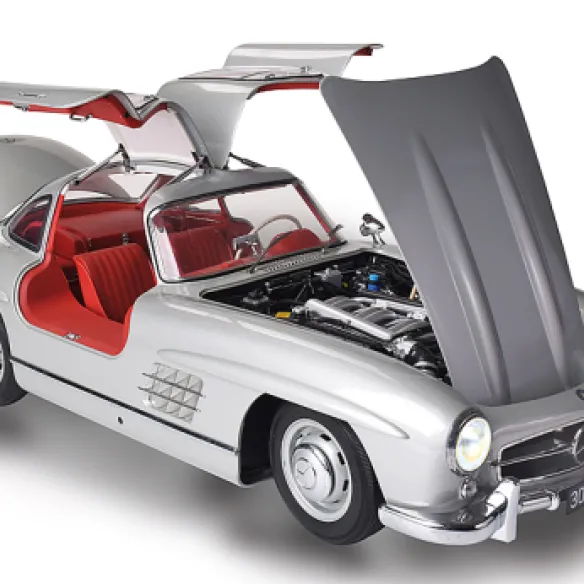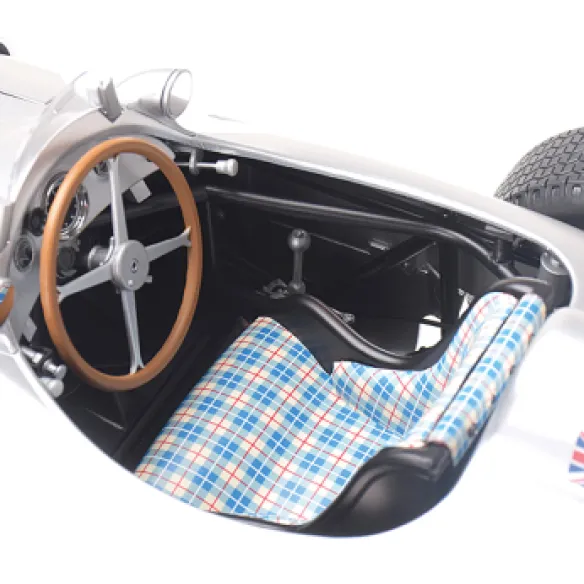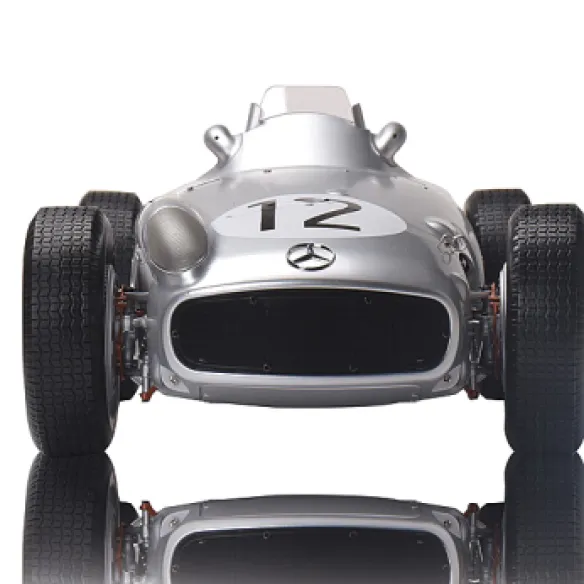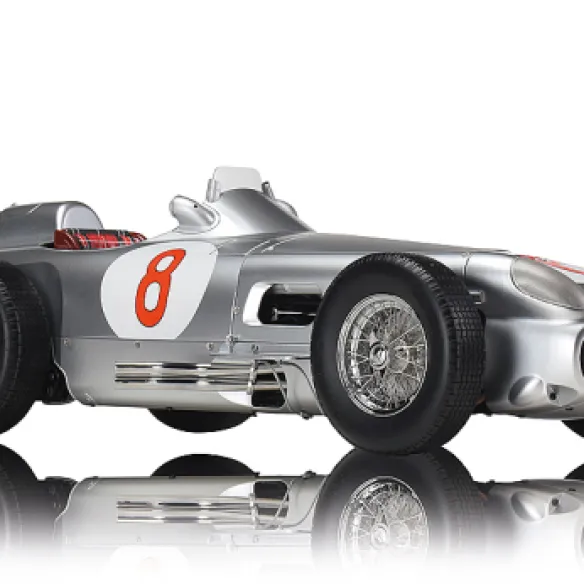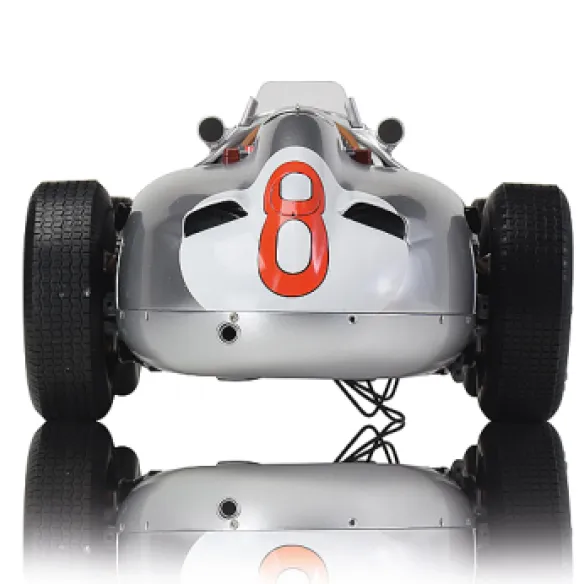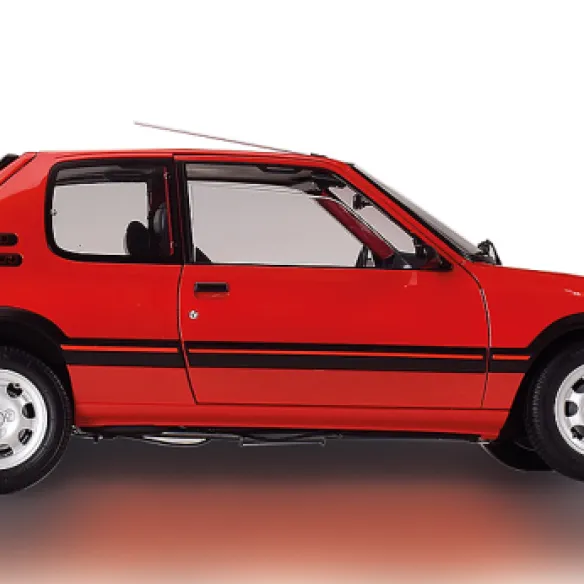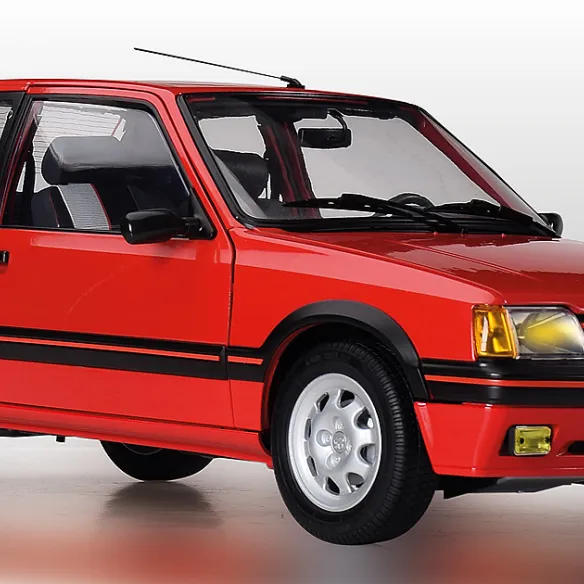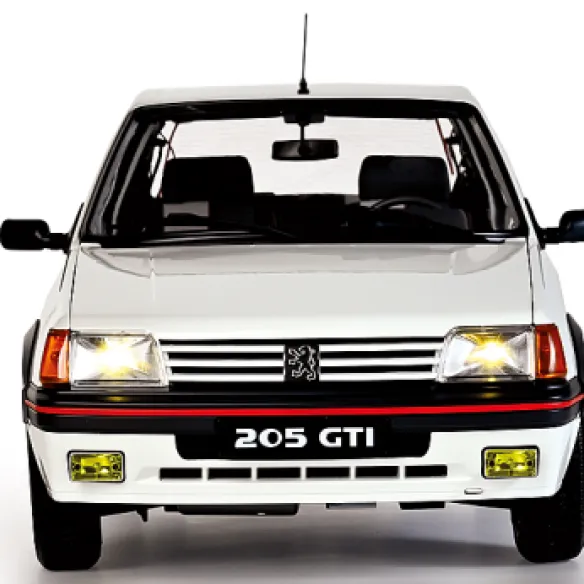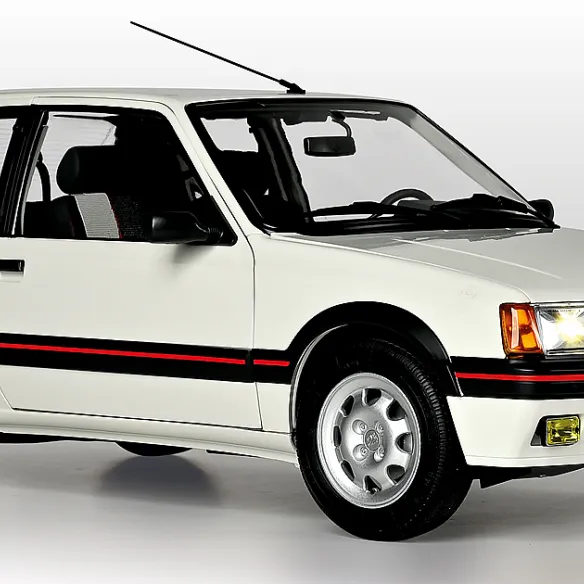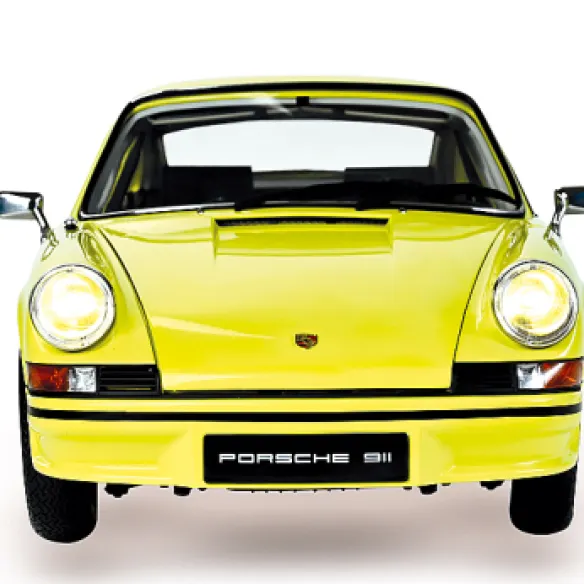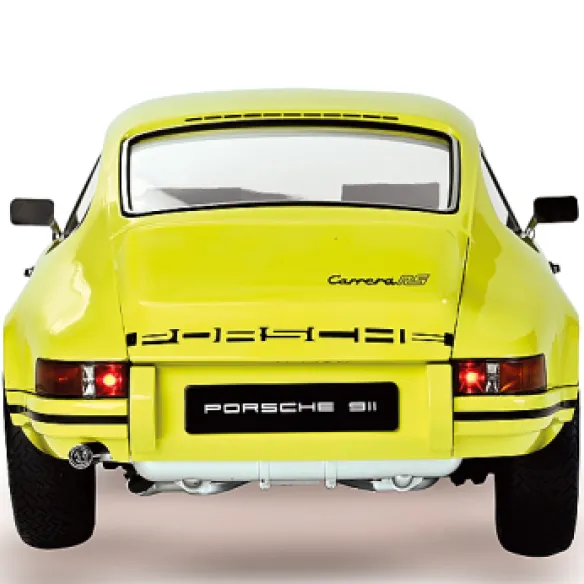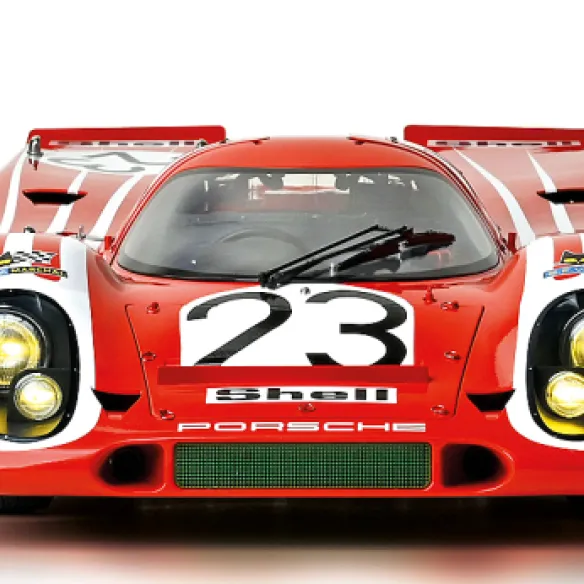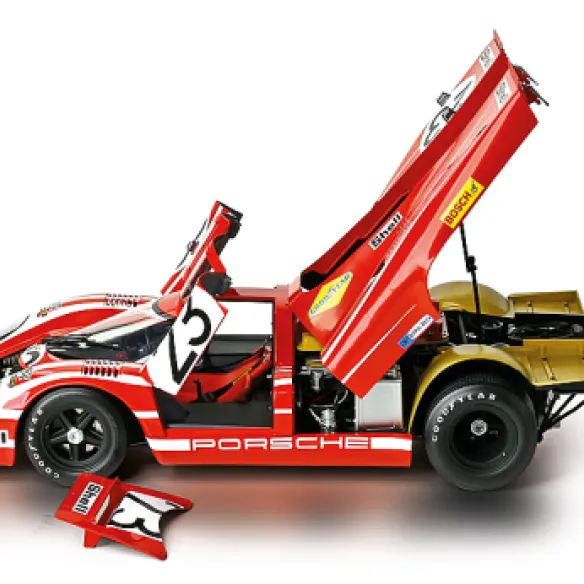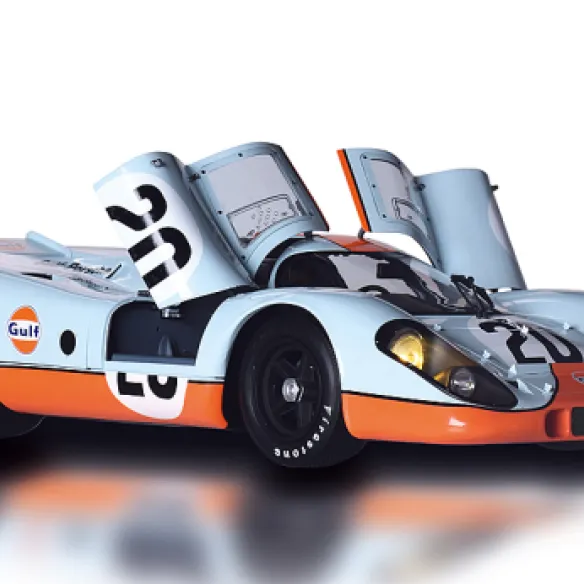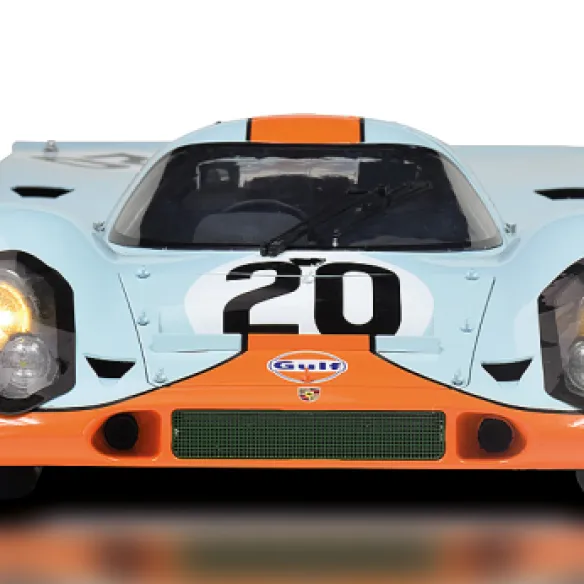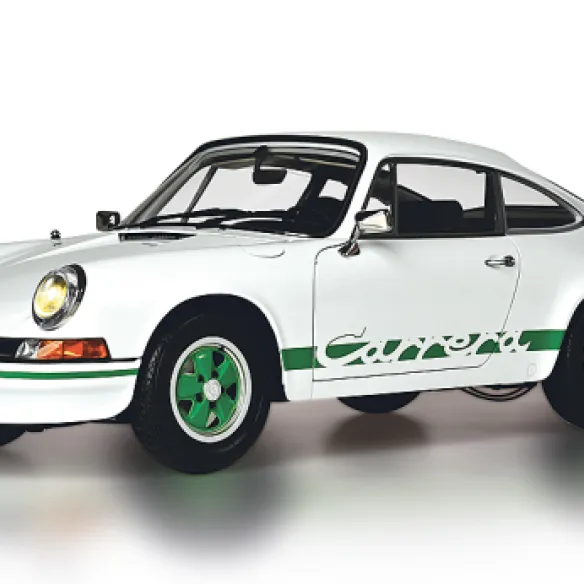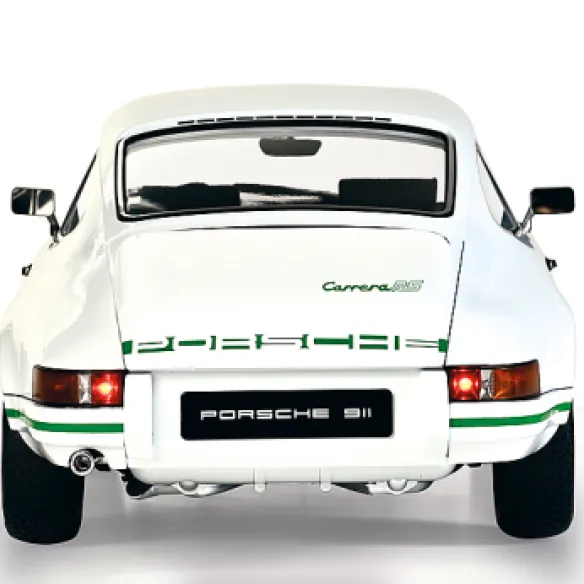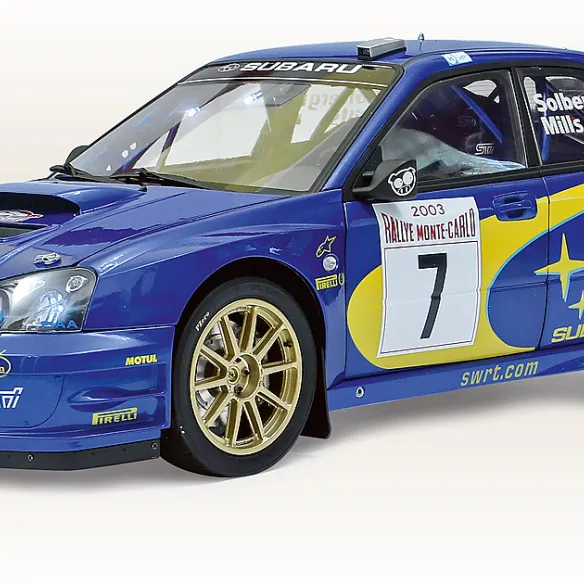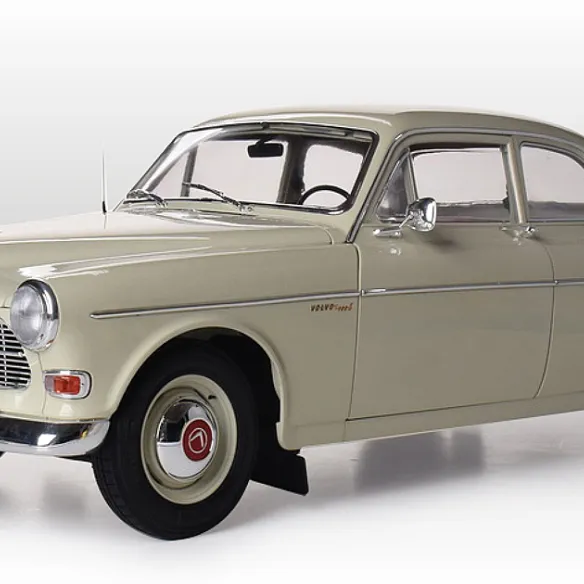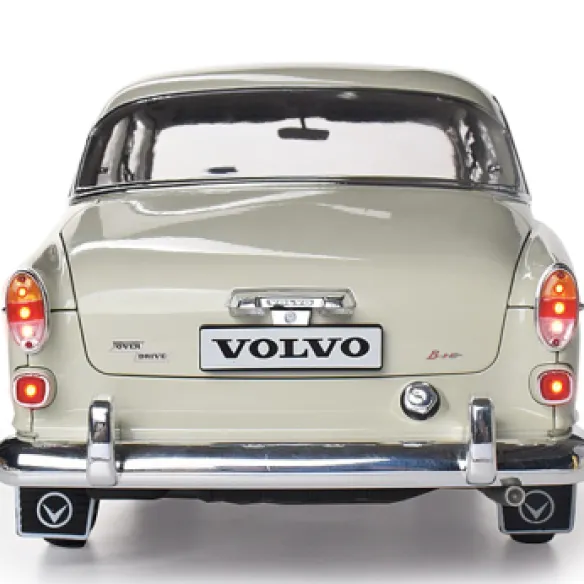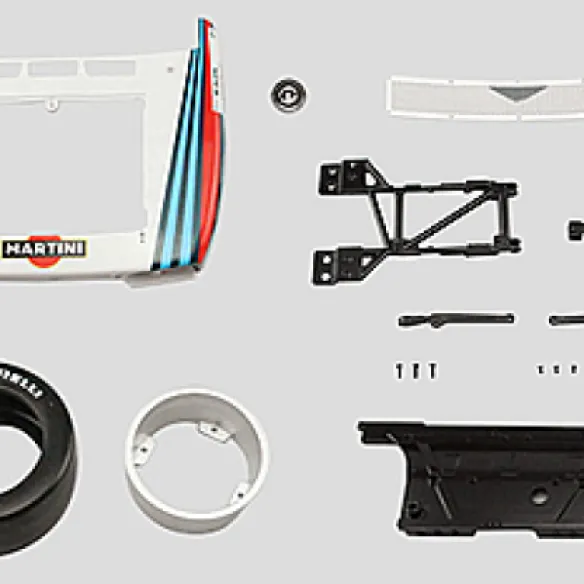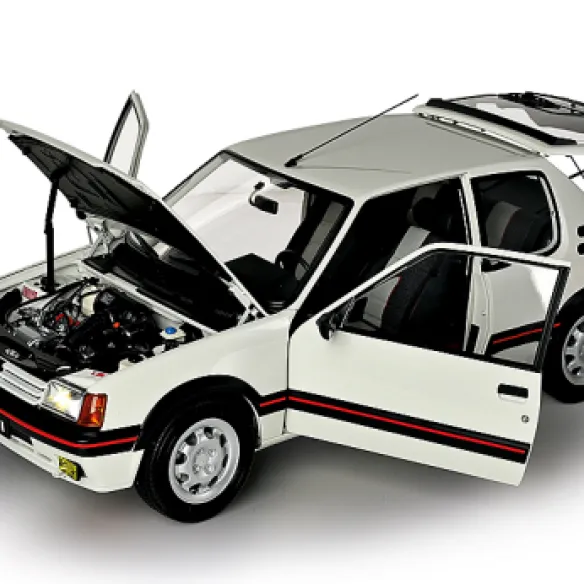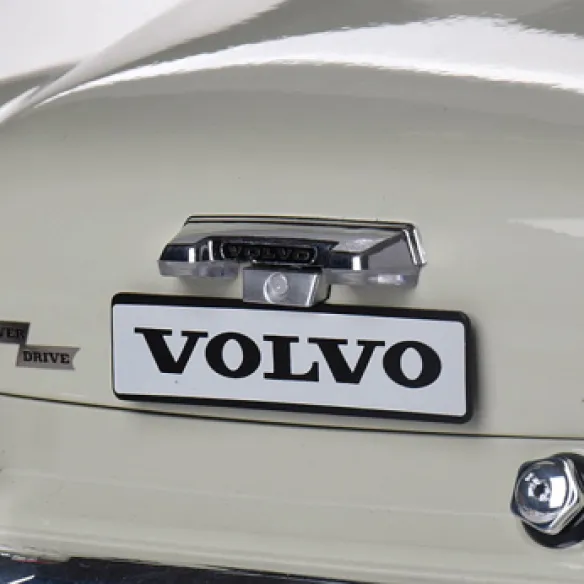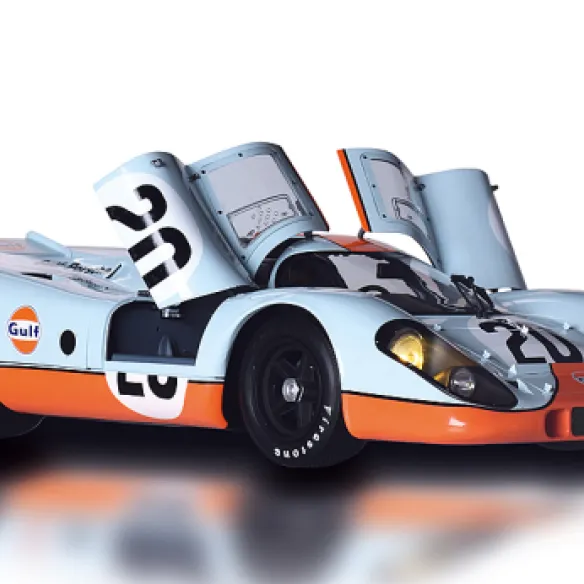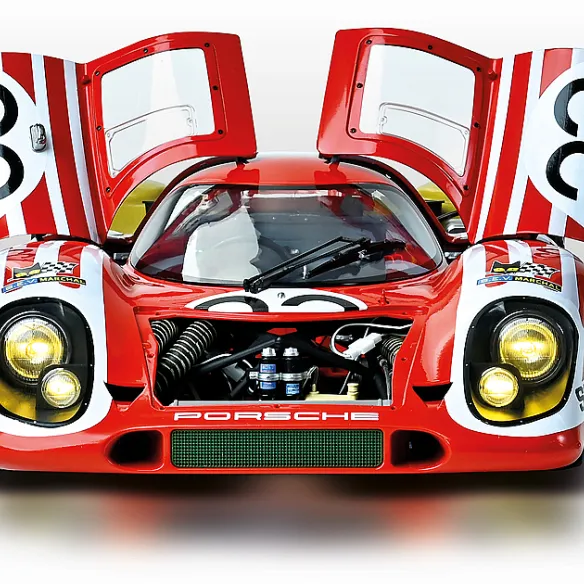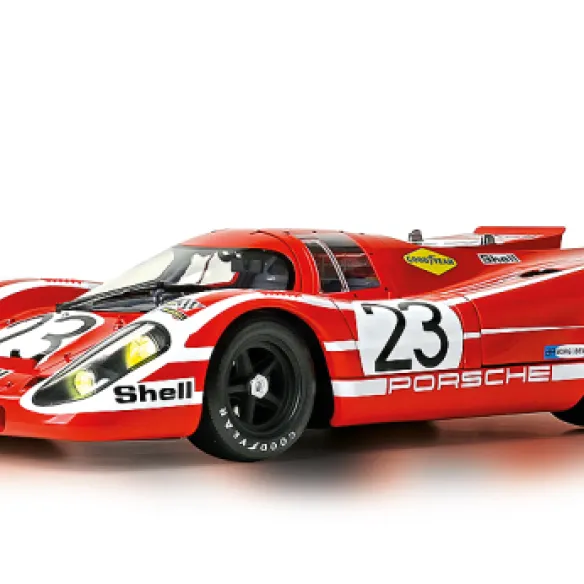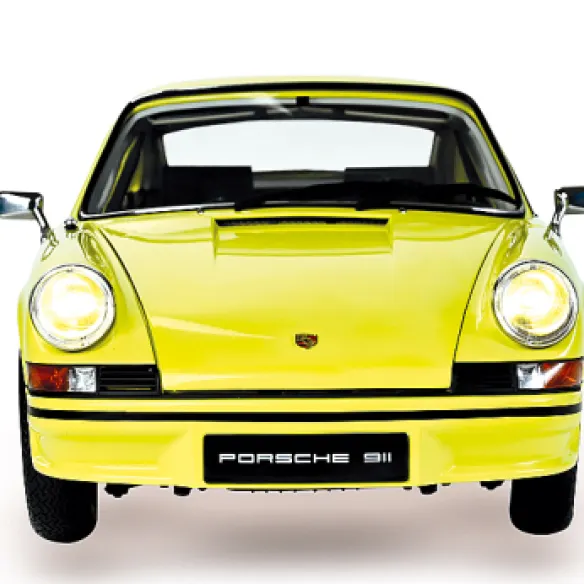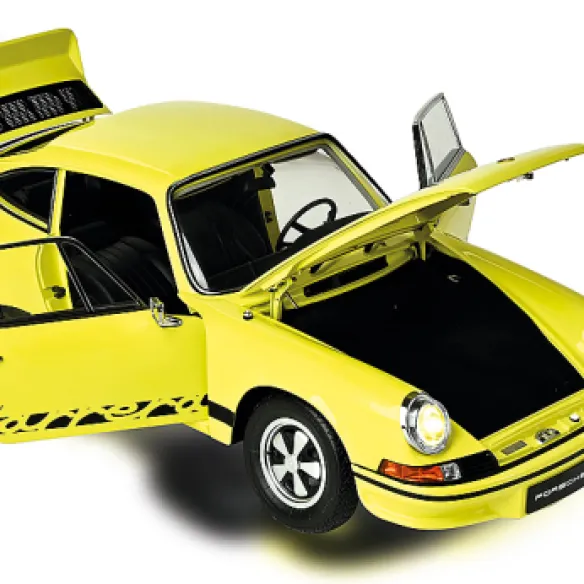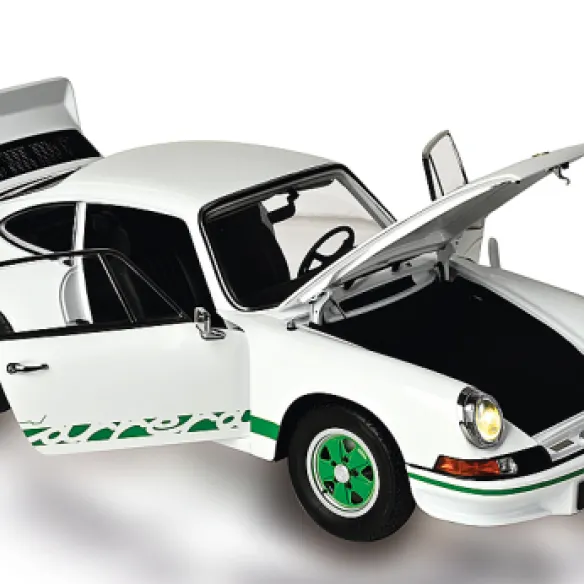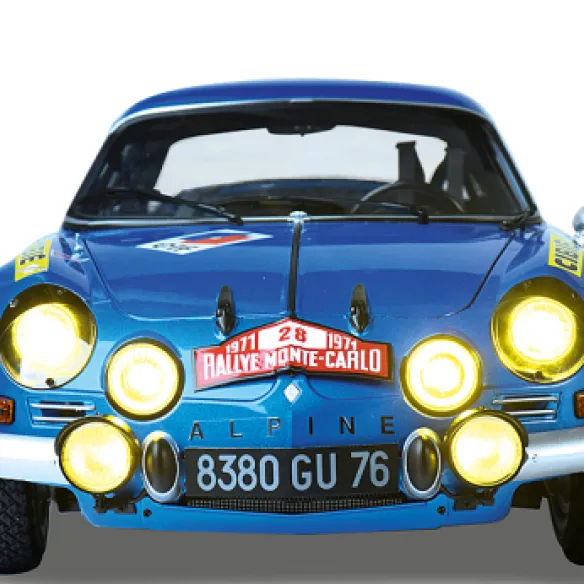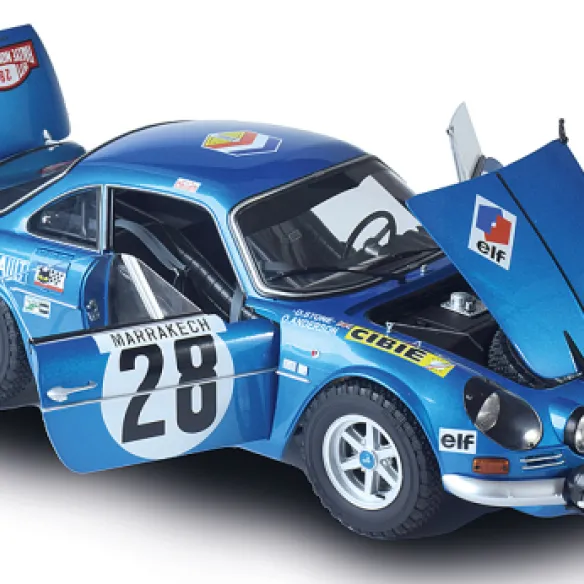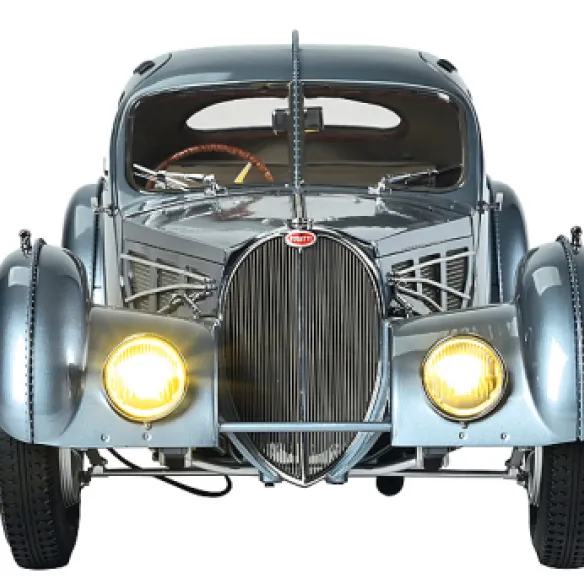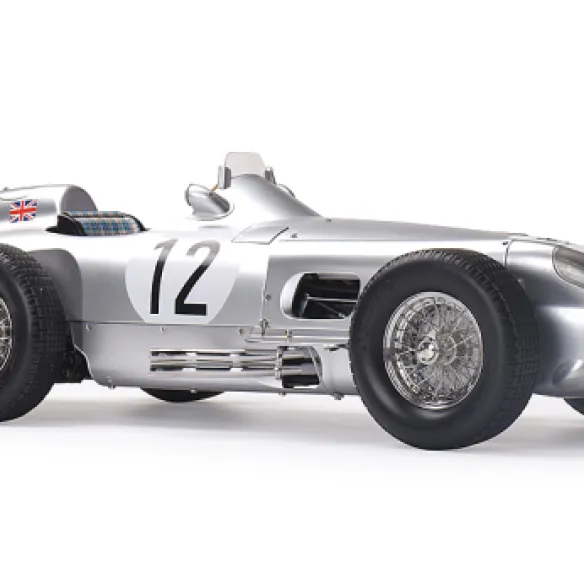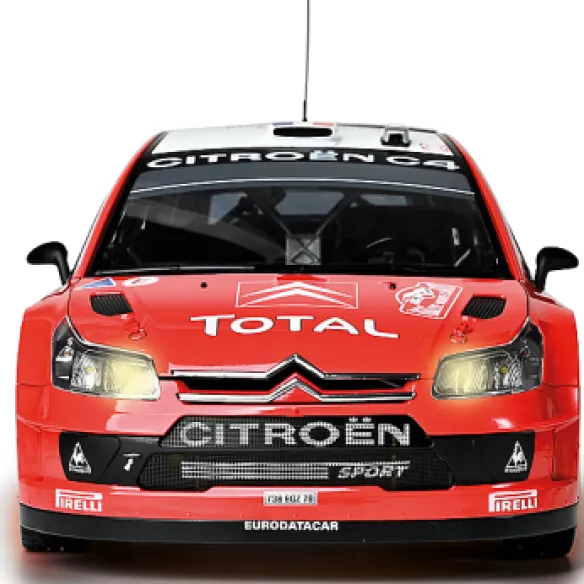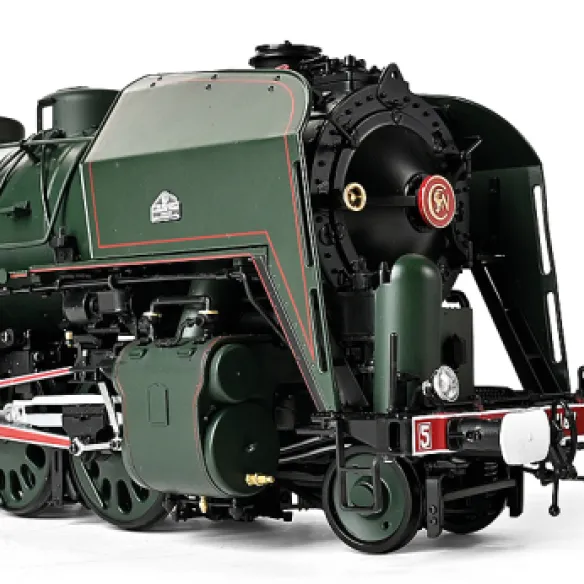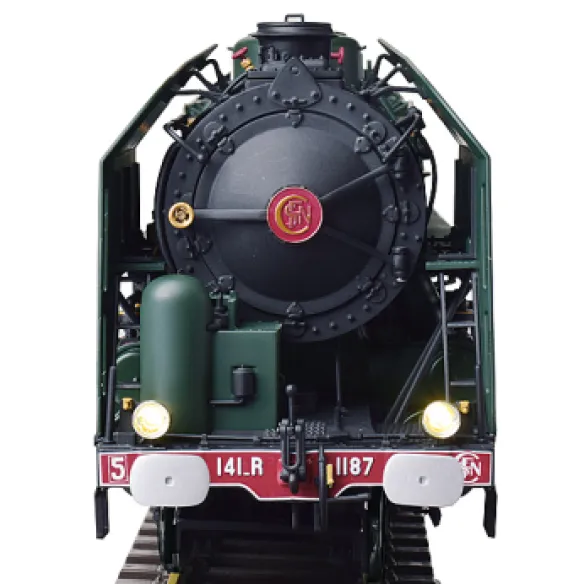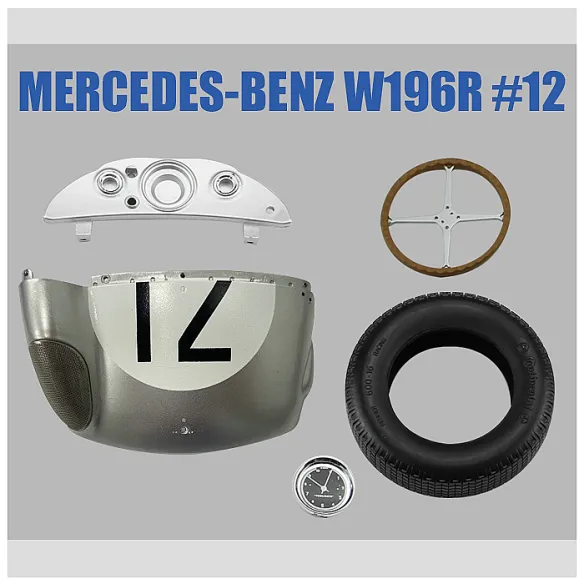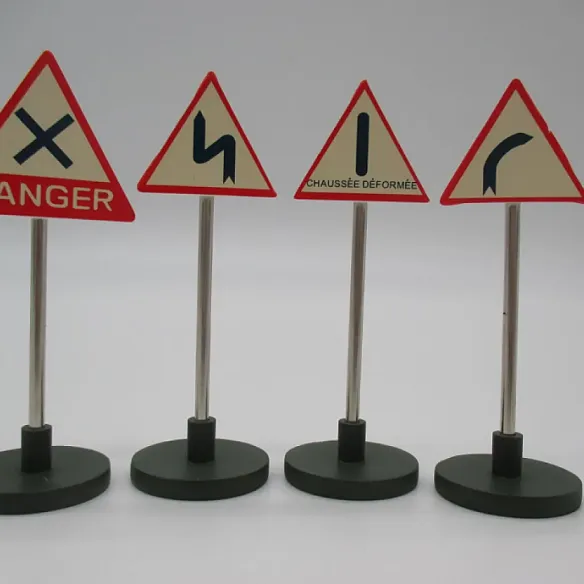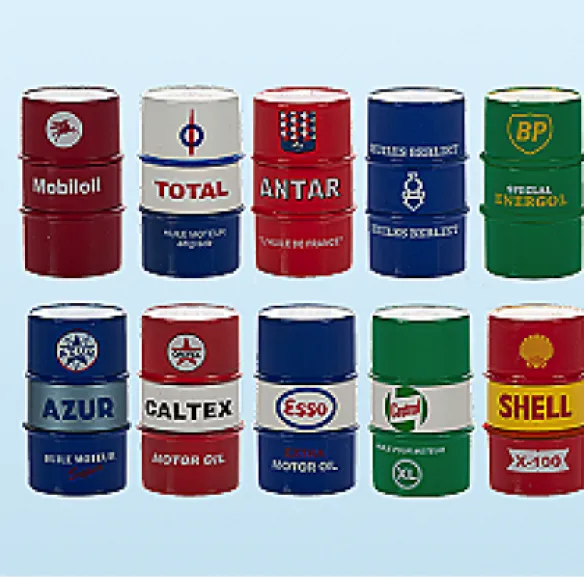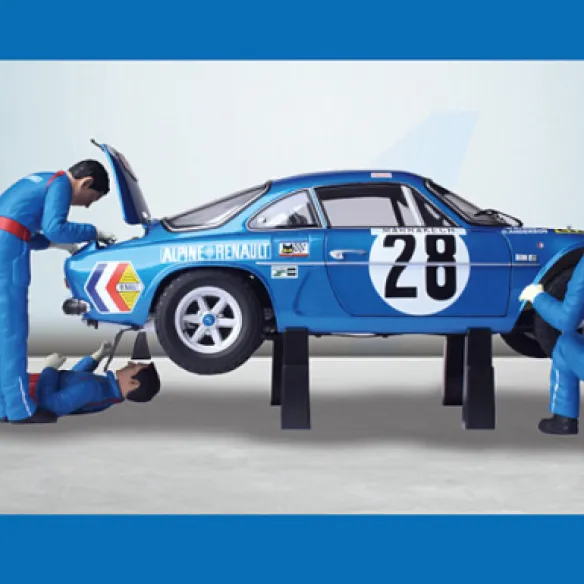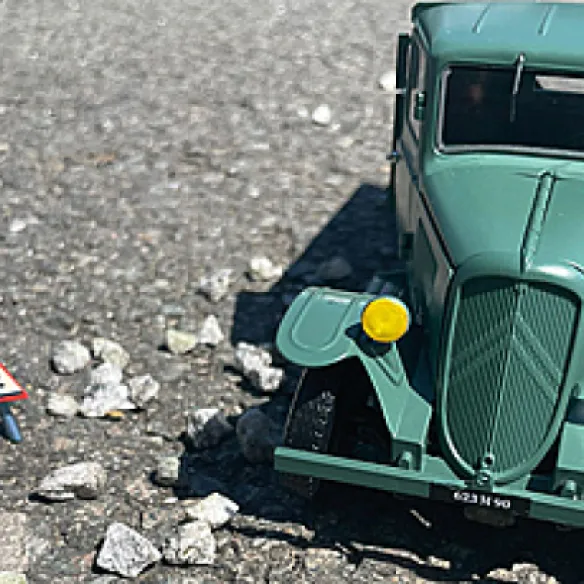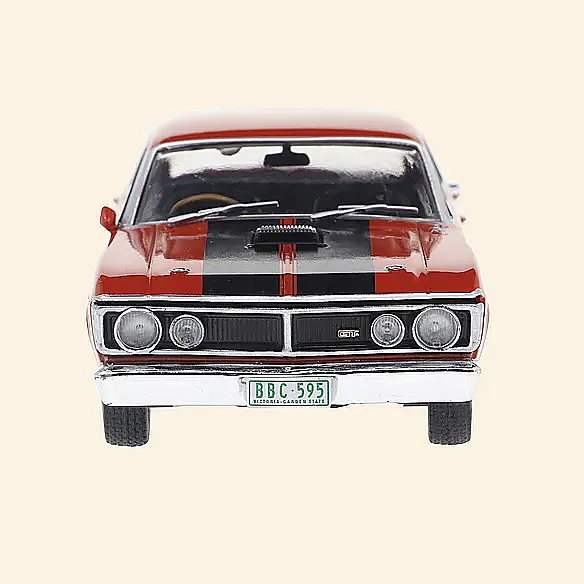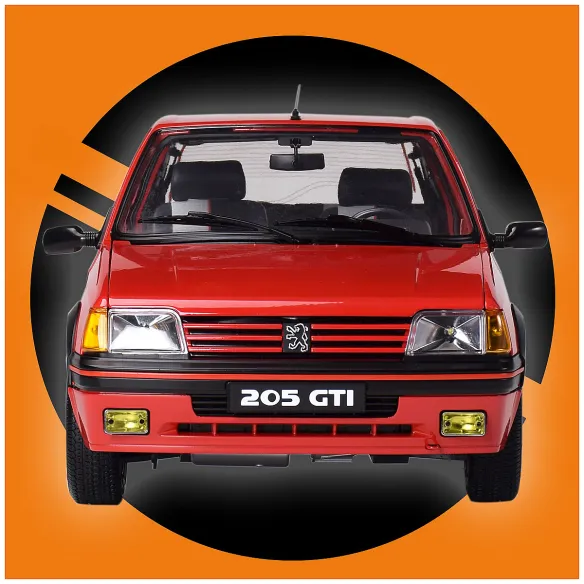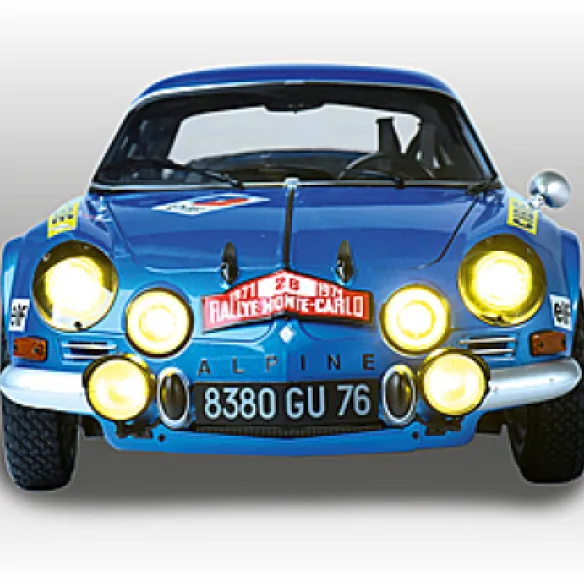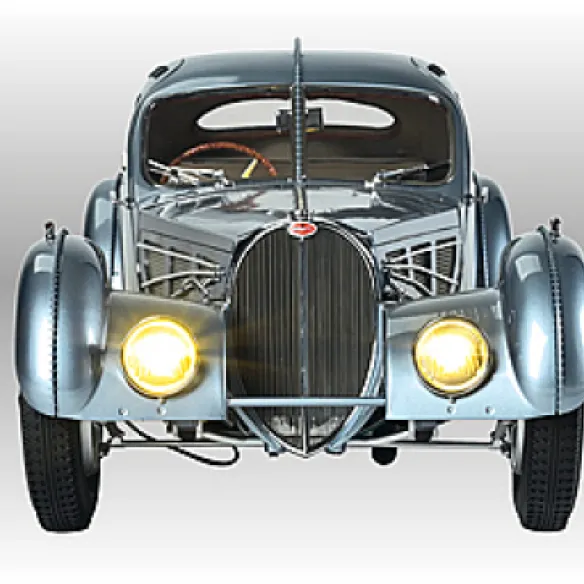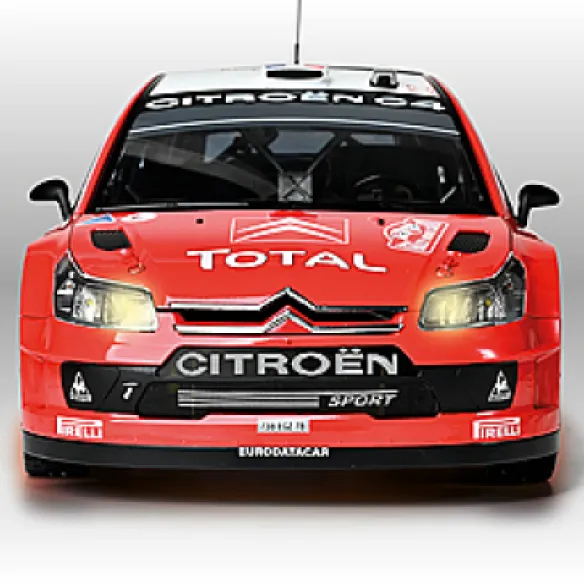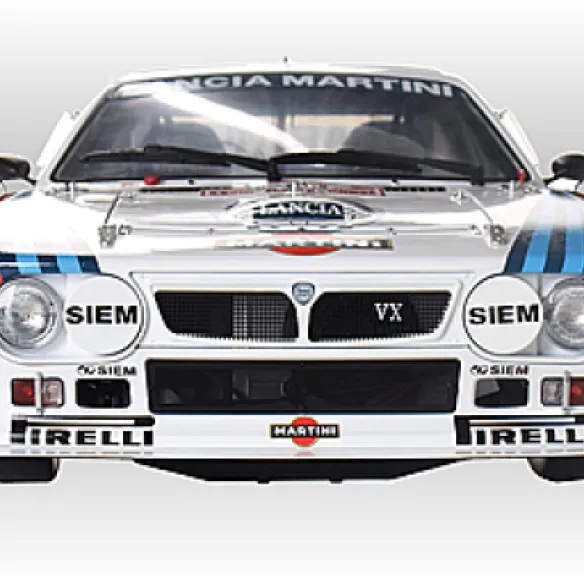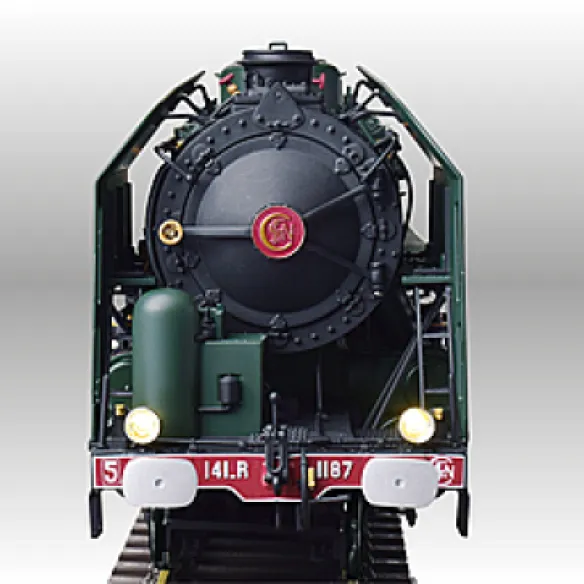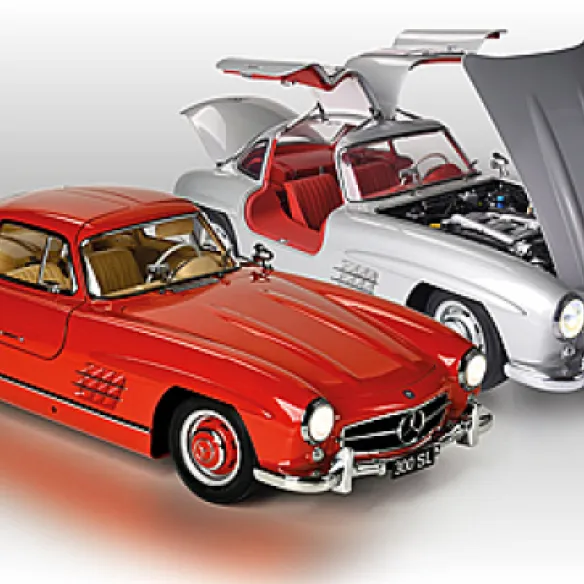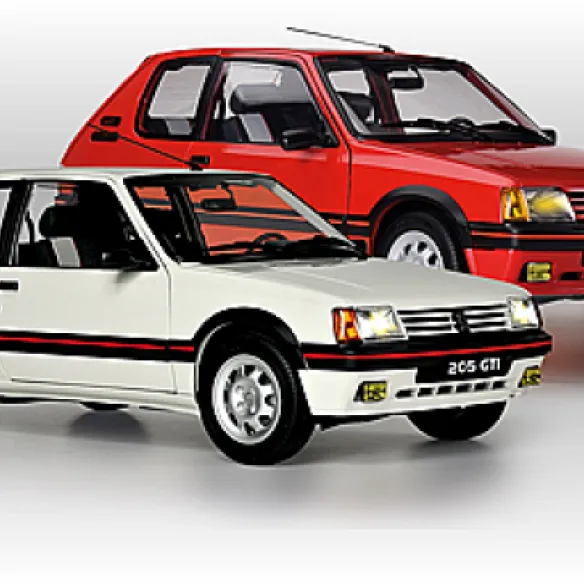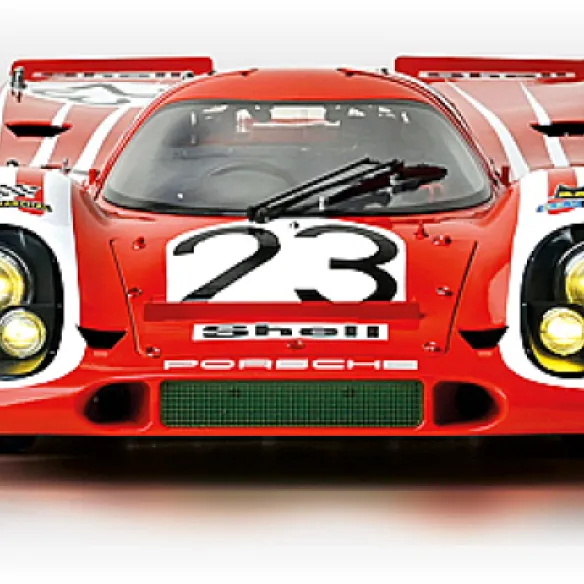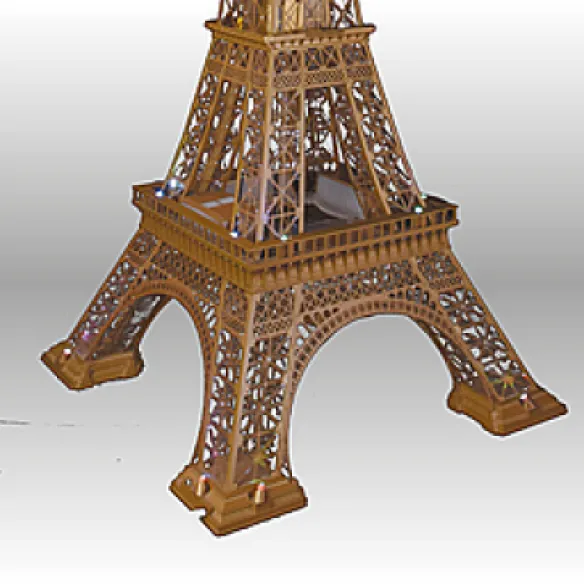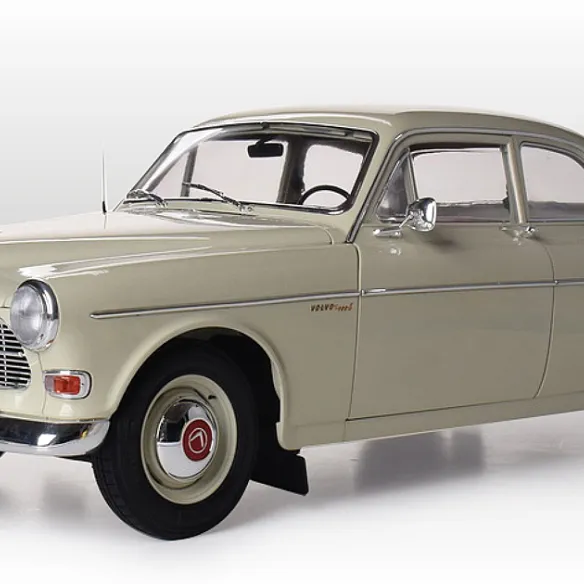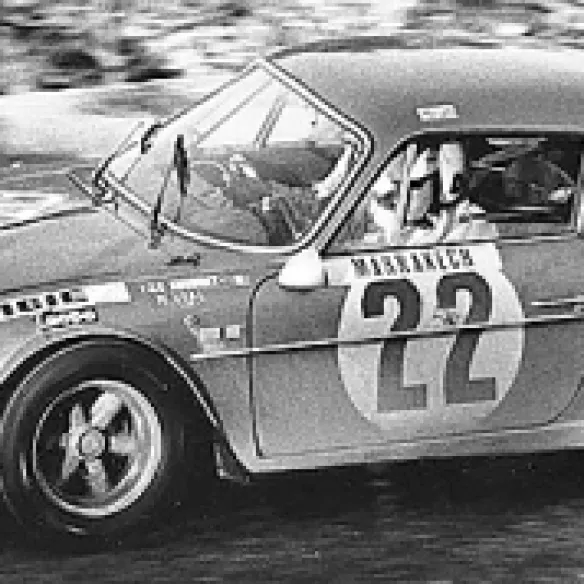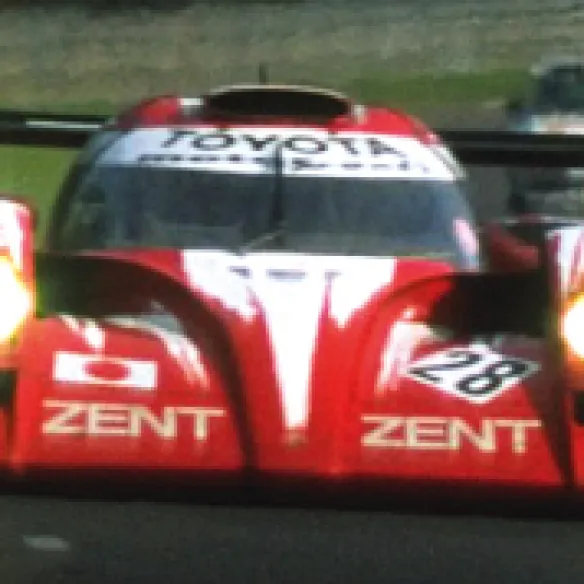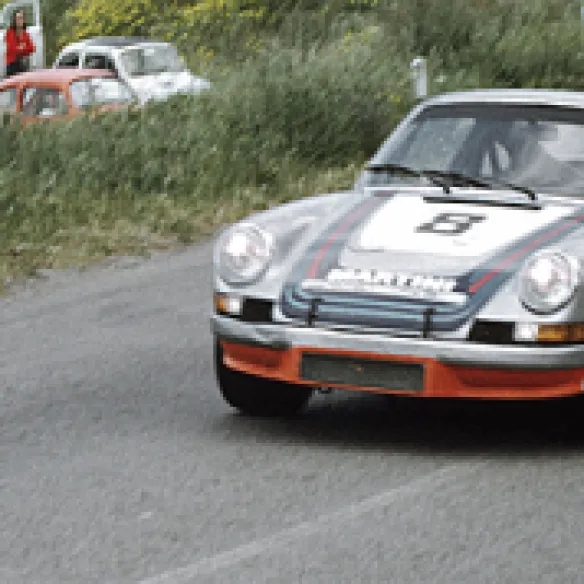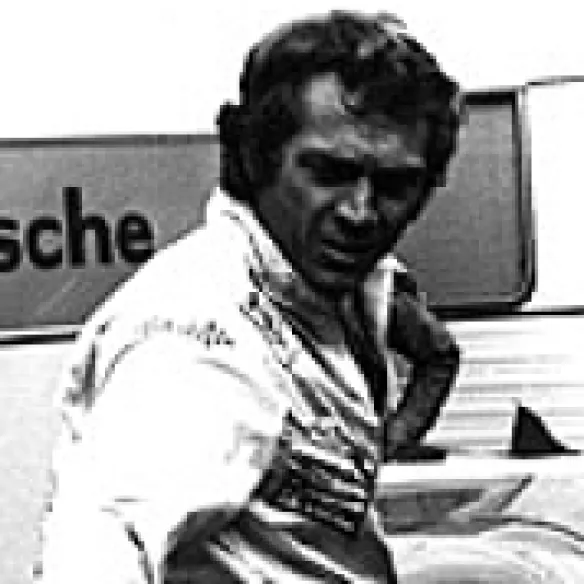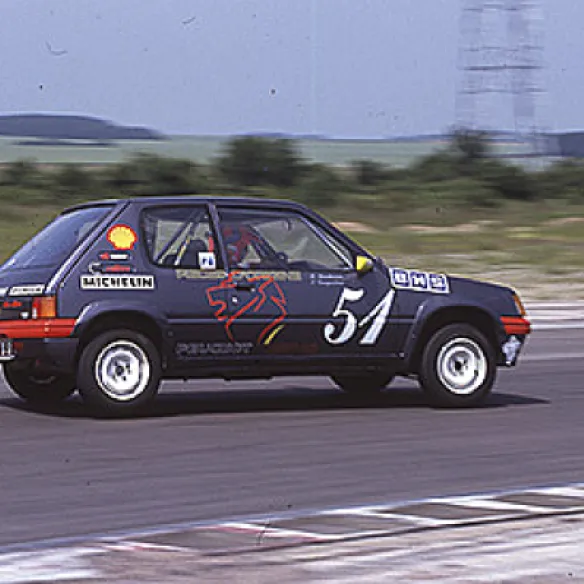
11/05/2023
Porsche 956 - 1983
Porsche 956 – 1983
Author : Cette collection est une adaptation de 24H Le Mans ® Le auto delle corsa più leggendaria al mondo Éditeur : Centauria Editore s.r.l.
Read moreThe power of Porsche at Le Mans started in 1982 with the introduction of Group C and the extraordinary 956, which was able to claim victory in its first season. But it was 1983 that proved to be the year of triumph: on the Sarthe circuit, between the official and private cars, there were nine 956s ranked in the top ten.
After a series of models from the 908 to the 936, which evolved from the same basic type, the 956 was the first completely new model developed by Porsche. The German team took the 6-cylinder, twin-turbocharged 2.65-litre boxer engine from the 936, this time using an innovative aluminium monocoque structure with a safety roll bar and an auxiliary sub-frame supporting the engine and rear suspension.
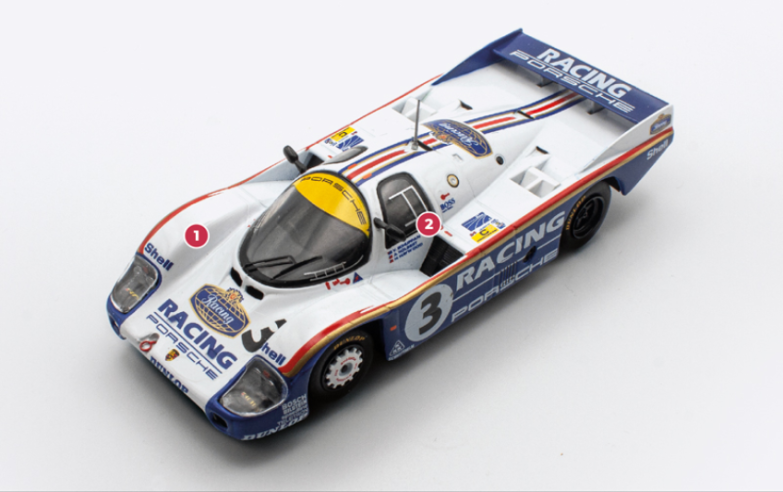
1. Group C regulations stipulate that the car must be no longer than 4.80 m and no wider than 2 m, while the maximum height measured from the ground to the top of the windscreen must be between 1 m and 1.10 m.
2. The bodywork has virtually practically no openings: the air intakes for cooling the engine and mechanical components are located immediately beyond the doors, which open out like elytra.
© IXO Collections SAS - Tous droits réservés.
The new regulation imposed a different position for the fuel tank, placing it in the centre of the car, as well as safety structures for the driver's legs which, over time, proved to be ineffective and meant that the front axle and crankset had to be moved forward - a requirement that would lead eventually to the 962. The regulations also encouraged manufacturers to prioritise efficiency over performance, which is why fuel tanks were limited to 100 litres and the overall amount of fuel allocated for the 24 hours to 2,600 litres.
By 1982, when in addition to the Le Mans 24 Hours, Porsche had won Spa-Francorchamps, Fuji and Brands Hatch, and claimed the Constructors‘ title in the World Sports-Prototypes Championship (WEC), the 956’s main quality was its reliability: the aluminium 935/76 engine with liquid-cooled cylinder heads and two small turbos instead of a single large one provided better response and a longer lifespan.
However, in 1983, this unit was replaced by the 935/79 type, which benefited from an increase in the compression ratio from 7.2 to 8.5, new Bosch injection and an increase in power from 620 to 640 bhp. The 956 dominated the first races of the season, starting with victory in the 1000 km of Monza for Bob Wollek and Thierry Boutsen, who were racing for the private Joest team. This was followed by success for the official Rothmans-Porsche team at Silverstone and the Nürburgring, with Derek Bell/Stefan Bellof and Jacky Ickx/Jochen Mass respectively. At the 24 Hours of Le Mans, which like previous races counted for both the World Sport-Prototype Championship and the European Endurance Championship, about a dozen 956s lined up on the grid and literally took over the race, all battling for first place. In the end, victory was secured by the trio of Americans Al Holbert and Hurley Haywood and Australian Vern Schuppan, competing in the Rothmans colours and just a fraction ahead of team-mates Jacky Ickx and Derek Bell, who had won the qualifying race. To clarify, the winning car, chassis number 003, had finished second the previous year with Schuppan and Mass and had won at Spa, Fuji, Brands Hatch and the Kyalami 9 Hours.
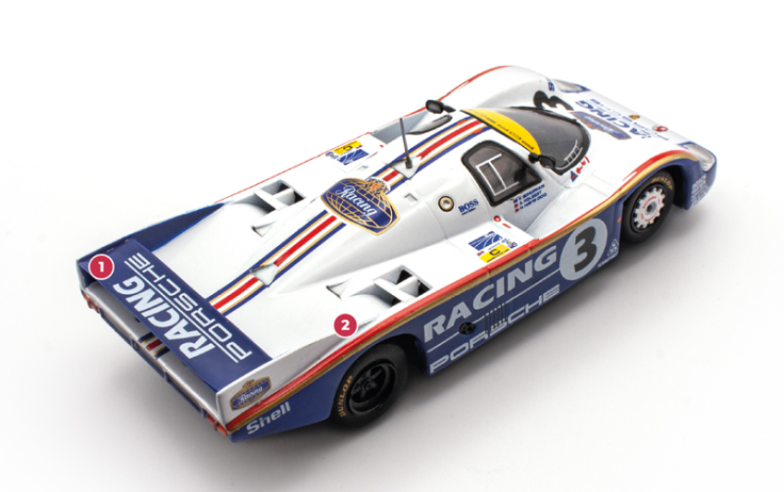
1. The Le Mans configuration features a lower, less inclined rear wing to improve airflow and reduce fuel consumption.
2. In accordance with the regulations, the base is flat and the rear extractor becomes less effective because the engine's size limits the width of the Venturi ducts. Despite this, the 956 has three times the aerodynamic downforce of the 917.
© IXO Collections SAS - Tous droits réservés.
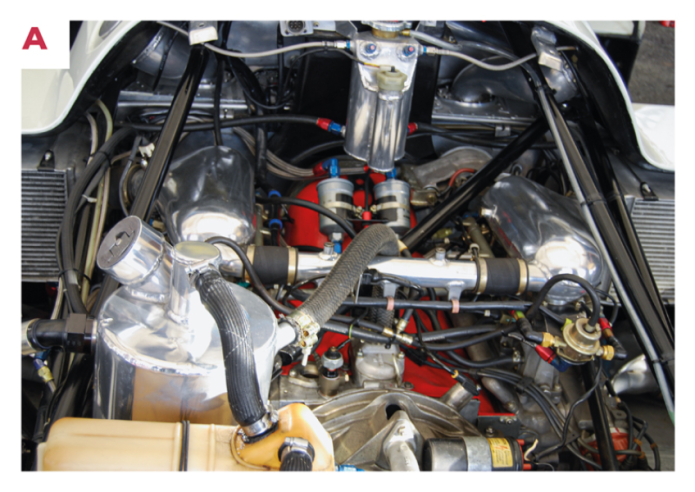
A. The twin-turbo boxer engine, extensively revised with Bosch to optimise fuel consumption, was coupled to a 5-speed gearbox. The 1983 version had a higher compression ratio and 640 bhp.
© IXO Collections SAS - Tous droits réservés.
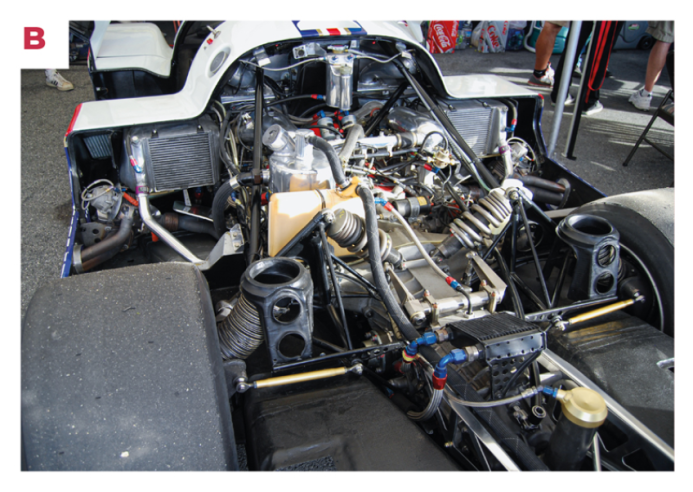
B. The rear suspension mountings are fixed directly to the transmission, linked to the engine.
© IXO Collections SAS - Tous droits réservés.
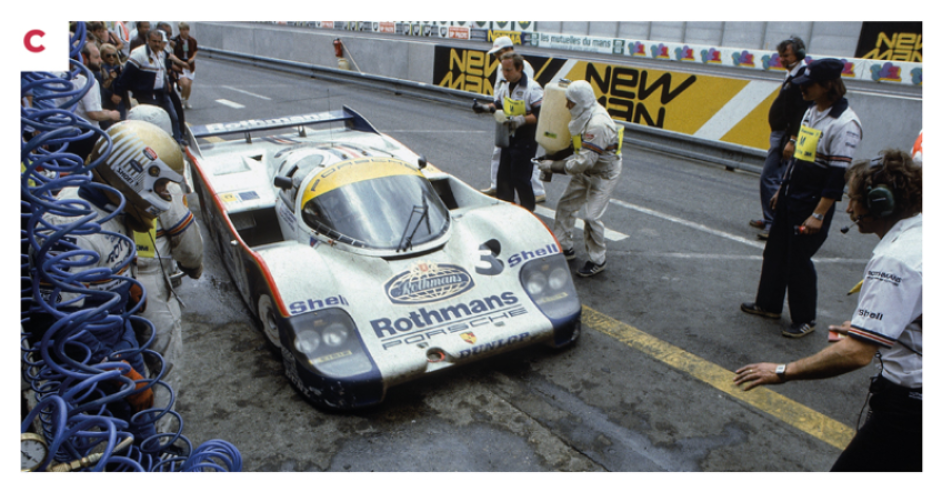
C. The 956, pictured here in the pits, won the 1983 Le Mans 24 Hours with Al Holbert, Vern Schuppan and Hurley Haywood.
© IXO Collections SAS - Tous droits réservés.
Recent articles
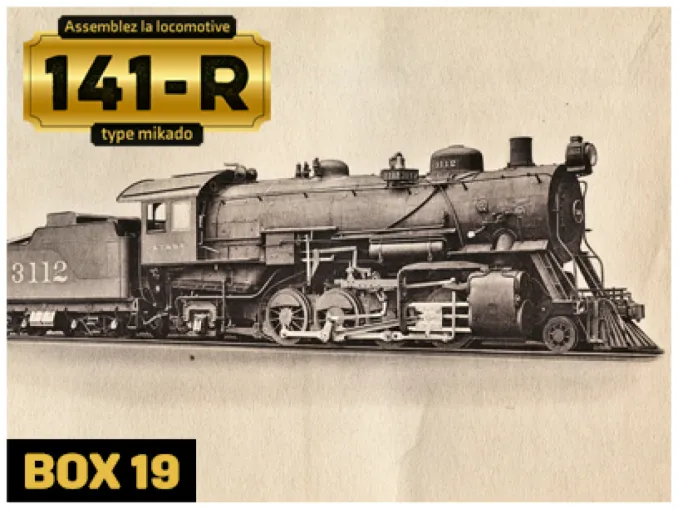
11/06/2025
THE 141-R: LOCOMOTIVE IN TWO “BATCHES”
On 5 October 1944, the first French mission went to the USA and received propositions from the American manufacturers, (...)
Read more

10/06/2025
Porsche 911 S - 1968
ASSIGNED TO ZASADA FROM POLAND, THE 911 COMPETING IN THE FIRST LONDON-SIDNEY RALLY PROMISES TO BE A FUTURE TRIUMPH
Read more

10/06/2025
PORSCHE 917/20 «THE PINK PIG»
THE ‘PINK PIG’ IS PERHAPS THE MOST AERODYNAMICALLY ADVANCED VERSION OF THE 917. AND YET IT COMPETED IN ONLY ONE RACE: LE MANS IN 1971.
Read more


 English
English français
français Deutsch
Deutsch español
español italiano
italiano português
português